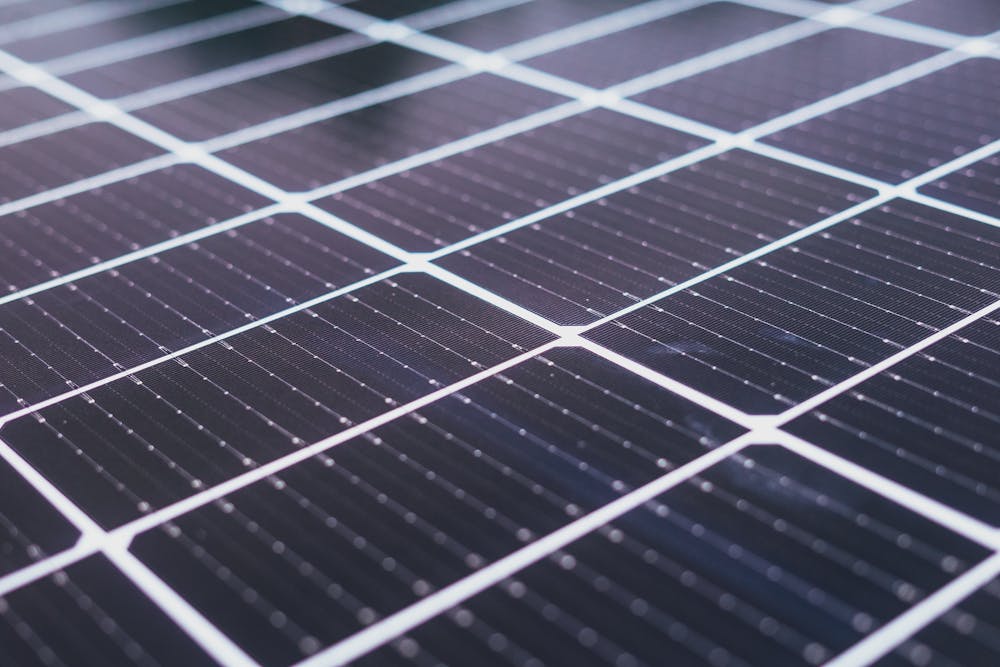In today’s rapidly advancing world of renewable energy, photovoltaics (PV) and inverters stand out as crucial components in the journey towards a sustainable future. As global energy needs rise and the call for clean, renewable resources becomes louder, understanding and improving these technologies have become imperative. Photovoltaics offer a way to harness solar energy, while inverters play a pivotal role in converting this captured energy into a form usable by household and commercial electrical systems. This article delves into the intricacies of these technologies, exploring their evolution, current state, and the promising innovations on the horizon.
The Fundamental Role of Photovoltaics in Renewable Energy:
Photovoltaics have emerged as a cornerstone of renewable energy solutions. At its core, photovoltaics refers to the process of converting light into electricity using semiconducting materials that exhibit the photovoltaic effect. This phenomenon, which was first observed in the 19th century, has become the basis for modern solar power technologies. The primary appeal of photovoltaics lies in its ability to provide clean, pollution-free energy once the solar panels are installed and operational.
Solar cells, the building blocks of photovoltaic systems, generate direct current (DC) electricity from sunlight, which is then used to power myriad applications ranging from residential and commercial power systems to remote telecommunications gear, portable devices, and even spacecraft. Over the decades, advancements in solar cell technology have significantly increased efficiency while reducing the costs associated with solar power production. This has enabled a more widespread adoption of solar energy across the globe.
Moreover, photovoltaic systems can be installed on various scales, from small, portable units to massive, grid-connected power installations. These systems vary from ground-mounted arrays to rooftop and building-integrated configurations, enhancing their versatility and appeal. The scalability of photovoltaics allows for tailored solutions that fit specific geographical and climatic conditions, making it a universally viable option in the pursuit of reducing global carbon emissions.
The Evolution and Importance of Inverters in Solar Systems:
Inverters are indispensable in the realm of solar technology, tasked with the critical function of converting the DC electricity produced by solar panels into alternating current (AC) electricity. This conversion is essential as AC is the standard used by most electrical grids and home appliances. The efficiency and reliability of inverters directly impact the overall efficacy and feasibility of solar power systems.
Historically, inverters have evolved from simple, bulky devices to sophisticated systems that not only convert power but also enhance the management and monitoring of solar power generation. Modern inverters incorporate features such as data monitoring, advanced grid support, and smart home integration, which facilitate more efficient use and management of solar energy.
Additionally, inverters play a pivotal role in grid-connected solar systems, where they must meet strict regulations regarding energy quality and synchronization with utility electricity. They help maintain stability in the electrical grid by ensuring that the power supplied is of the correct voltage, frequency, and phase. Moreover, inverters are central to maximizing the output of solar panels by continuously optimizing the load and performance characteristics of the system based on external conditions such as sunlight intensity and angle.
This dual function of power conversion and system management highlights the critical importance of inverters within any photovoltaic setup. As photovoltaic technology advances, the development of more efficient and intelligent inverters will be crucial to unlocking the full potential of solar energy.
Challenges and Opportunities in Photovoltaic Efficiency and Cost:
The journey of photovoltaics toward becoming a mainstream energy source is fraught with both challenges and opportunities. While the efficiency of solar cells has seen significant improvements, the inherent variability of solar energy presents challenges in terms of reliability and consistent power supply. Photovoltaic systems generally produce electricity only when the sun is shining, which requires the integration of energy storage systems or backup power sources to provide a steady and reliable power supply.
The cost of photovoltaic technology is another critical aspect. Although the prices of photovoltaic modules have decreased dramatically over the past decades due to advancements in technology and increased manufacturing scales, the installation and maintenance costs still pose a barrier to widespread adoption. The cost-effectiveness of a photovoltaic system is also influenced by geographical location, the cost of alternative sources of electricity, and available government incentives.
However, the opportunities in improving photovoltaic efficiency are vast. Research into new materials and cell designs promises further reductions in costs and improvements in efficiency. For instance, the development of perovskite solar cells offers the potential for higher efficiencies at lower manufacturing costs, potentially revolutionizing the market. Additionally, innovations in photovoltaic design, such as bifacial solar cells that can capture sunlight from both sides of the panel, and advancements in photovoltaic tracking systems, allow for more efficient energy capture throughout the day.
The push towards a more sustainable and green energy sector also drives the adoption of photovoltaics. With the global community increasingly aware of the urgent need to reduce carbon emissions, photovoltaics stand out as a highly scalable and effective solution. This environmental benefit, coupled with the technological advancements, presents significant opportunities for growth and development within the photovoltaic industry.
Future Prospects: The Integration of Advanced Inverters with Solar Technology:
The future of solar energy relies heavily on the integration of advanced inverters with photovoltaic systems. As photovoltaics become more prevalent, the role of inverters evolves beyond simple DC to AC conversion to encompass smart energy management solutions that enhance the efficiency and reliability of solar power systems.
Key advancements in inverter technology include:
- Smart inverters: These devices come equipped with sophisticated software that allows them to perform real-time monitoring and management of energy production. This includes the ability to dynamically adjust the power output to match energy demand, thereby improving grid stability and reducing energy wastage.
- Hybrid inverters: Combining traditional inverter functions with battery management capabilities, hybrid inverters can store excess solar energy for later use. This not only helps in managing the variable output of solar panels but also aids in reducing reliance on the grid, especially during peak demand times.
- Microinverters: Installed directly at each solar panel, microinverters convert DC to AC at the source. This minimizes energy loss due to long-distance transmission and enhances the overall performance of the solar system, especially in partially shaded conditions.
The integration of such advanced inverters is crucial for developing smart grids and for the expansion of solar energy into more complex energy systems that include multiple renewable sources. Furthermore, as the energy market continues to evolve, the ability of inverters to communicate and synchronize with other energy sources becomes increasingly important, paving the way for more integrated and efficient energy systems.
The potential for growth in both photovoltaic and inverter technologies is immense. By focusing on the continuous improvement of these technologies, the solar industry can better meet the world’s growing energy needs in a sustainable and environmentally friendly manner. As we move forward, the integration of advanced inverters with photovoltaic systems will be a critical factor in shaping the future of global energy systems, offering a promising pathway towards a cleaner, more sustainable energy landscape.









